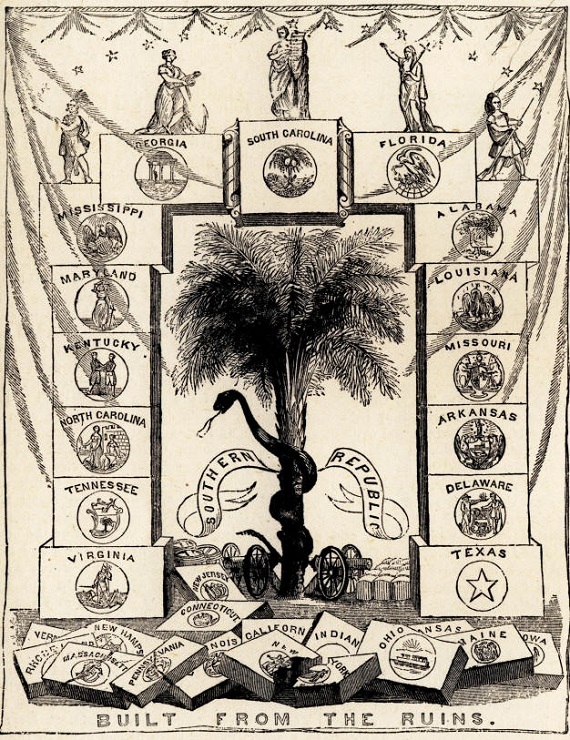
A review of Secession, State & Liberty, (Transaction, 1998) edited with an introduction by David Gordon.
If there is a single book you should read on the subject of secession, Secession, State & Liberty is the one. Best of all, this collection of essays is entirely free, here:
https://mises.org/library/secession-state-and-liberty
The key point of the book is the demonstration that secession is the peaceful, non-violent alternative to revolution and civil war. Remove the possibility of secession, as Justice Salmon P. Chase admitted in Texas v. White (1869), and the only alternative is a “war of conquest and subjugation” (p111). Given that national boundaries do fluctuate, how can it be that reconsideration after joining a union be impossible, especially once that union becomes tyrannical? The reply, according to Chase’s written opinion: “There was no place for reconsideration, or revocation, except through revolution, or through [an unspecified] consent of the States.” Note that Chase, who wants to forbid secession, is basically saying: Go ahead, try it; we would rather let loose the dogs of war than let you escape our power, no matter how tyrannical. His justification for this absolutism was that the United States was, on the basis of culture and the Articles of Confederation, “perpetual” and “indissoluble,” and that the Constitution’s one phrase “to form a more perfect Union” necessarily signified perpetual union – transparently flimsy reasoning. Historian Joseph R. Stromberg, an adjunct scholar of the Center for Libertarian Studies, provides the essay “Republicanism, Federalism, and Secession in the South, 1790 to 1865” that discusses this Supreme Court decision — and the more important topic of Jefferson’s support for secession.
More @ The Abbeville Institute





